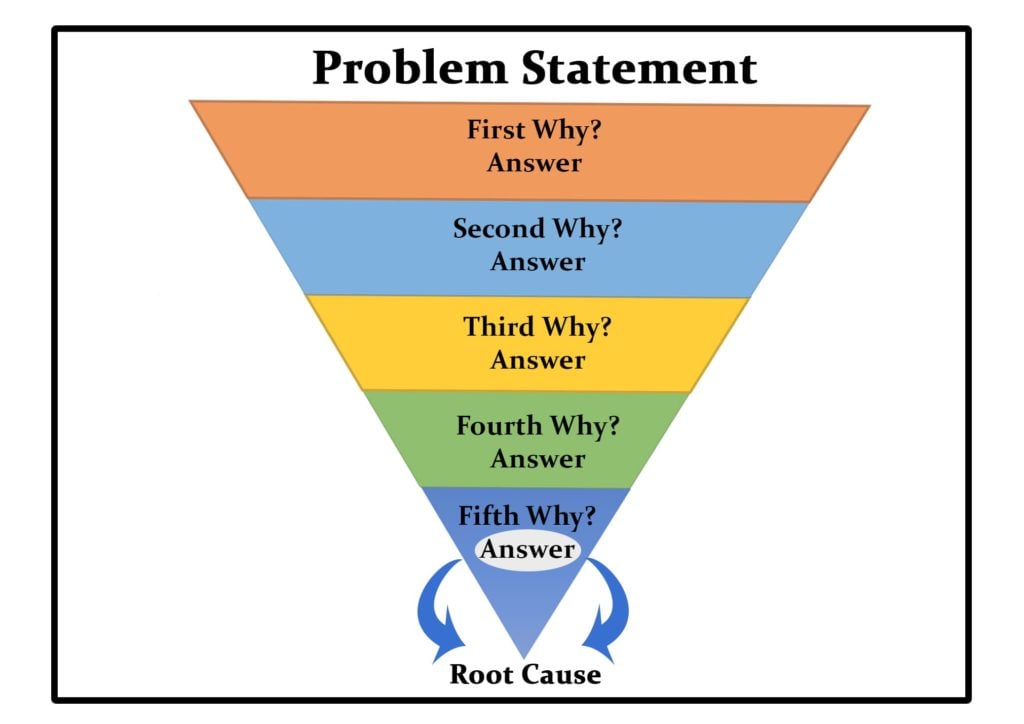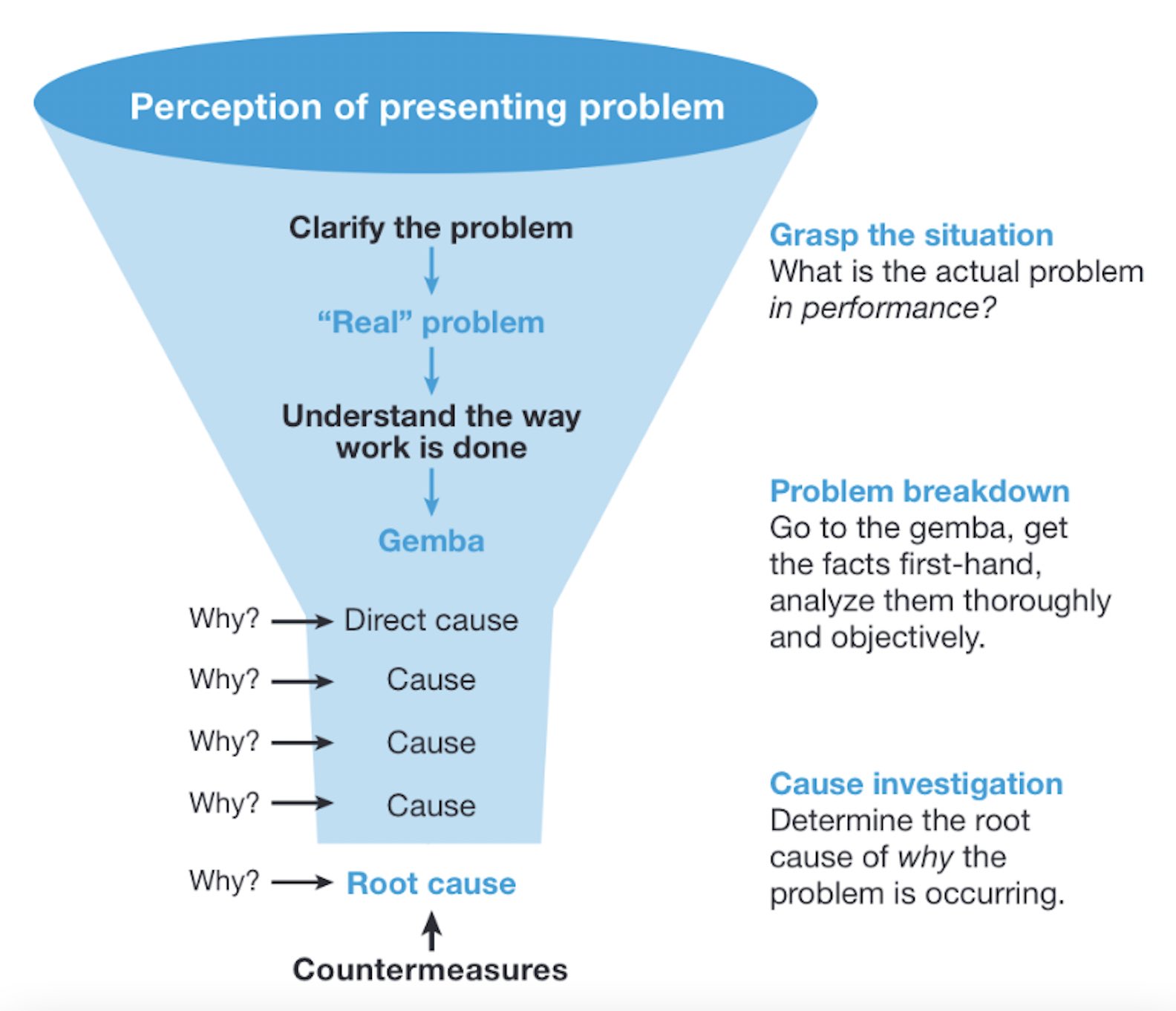The story of Anne Frank, that, is one that has touched countless hearts across the world. It's a powerful account, very, of a young girl's life during a truly dark time in history. People often wonder, you know, about the precise reasons behind her family's decision to disappear from public view. This isn't just a tale from long ago; it still holds so much meaning for us today, sort of, helping us remember what happened and why it's important to keep learning from it.
For many, the name Anne Frank brings to mind a secret room, a hidden diary, and a period of immense fear. It makes you think, kind of, about the desperate measures people took to stay safe. Her family's choice to go into hiding wasn't a sudden whim; it was a carefully planned, rather, act of survival, born from the terrifying circumstances unfolding around them.
To really grasp why Anne and her family hid, we need to look back at the world they lived in, particularly the harsh realities of World War II and the persecution that was, you know, sweeping across Europe. It's a story that reveals the human spirit's strength, but also the depths of cruelty that can exist, tragically, in our world.
Table of Contents
- Anne Frank's Life: A Brief Overview
- The Rising Threat of Nazi Persecution
- The Invasion and Occupation of the Netherlands
- The Secret Annex: Their Hidden World
- The Importance of Anne Frank's Diary
- Frequently Asked Questions
Anne Frank's Life: A Brief Overview
Anne Frank, whose full name was Annelies Marie Frank, was born in Frankfurt, Germany. She was, you know, a bright, curious girl with a lively spirit. Her family, like many others, found themselves caught in a terrible time. Her story, as told through her diary, gives us a very personal look at what it was like to live through the Holocaust.
Her writings offer a unique window into the mind of a young person trying to make sense of a world gone wrong. It's a remarkable record, really, of hope, fear, and everyday thoughts during an unimaginable period. She had dreams, you know, just like any other young person, even while living in such confined and dangerous conditions.
Here are some basic details about Anne Frank's life:
| Detail | Information |
|---|---|
| Full Name | Annelies Marie Frank |
| Born | June 12, 1929 |
| Birthplace | Frankfurt, Germany |
| Died | February or March 1945 |
| Place of Death | Bergen-Belsen concentration camp |
| Nationality | German (later stateless) |
| Parents | Otto Frank and Edith Frank-Holländer |
| Sister | Margot Frank |
| Known For | Her diary, "The Diary of a Young Girl" |
The Rising Threat of Nazi Persecution
The main reason Anne and her family went into hiding was the growing danger posed by the Nazi regime. The Nazis, led by Adolf Hitler, held very hateful beliefs about Jewish people. They blamed Jewish people for many of Germany's problems after World War I, which was, you know, completely unfair and untrue.
As the Nazis gained power in Germany, they began to introduce laws that took away the rights of Jewish citizens. These laws made life incredibly difficult and frightening for Jewish families. They couldn't, for instance, go to certain schools, hold certain jobs, or even marry non-Jewish people. It was a slow but steady stripping away of their freedom and dignity, a bit like, you know, tightening a net around them.
Life in Germany Before the Move
Anne Frank's family lived in Frankfurt, Germany, when the Nazis started to rise. Her father, Otto Frank, could see the writing on the wall, so to speak. He understood that the situation was becoming too dangerous for his family, particularly as they were Jewish. He was, you know, a very thoughtful person, always looking out for his family's safety.
Many Jewish families tried to leave Germany during this time. They sought refuge in other countries, hoping to find a place where they could live without fear. The Franks, too, made the difficult decision to leave their home country, because, they just had to find a safer place for their children, Margot and Anne.
The Netherlands: A Temporary Safe Haven
In 1933, when Anne was just four years old, her family moved to Amsterdam in the Netherlands. They hoped to find safety there, as the Netherlands was, at that point, a neutral country. Otto Frank started a new business, and the family tried to build a new life, very, far from the rising hatred in Germany.
For a few years, life in Amsterdam was relatively normal for the Franks. Anne and Margot went to school, made friends, and lived, you know, pretty much like any other children. This period offered a brief sense of security, a sort of calm before the storm that was, sadly, still to come.
The Invasion and Occupation of the Netherlands
The sense of security in the Netherlands was shattered in May 1940. Germany, in a swift and brutal attack, invaded and occupied the Netherlands. This event changed everything for Jewish people living there, including the Frank family. It was a terrifying moment, very, when their temporary safe haven became a dangerous trap.
The German occupation brought with it the same anti-Jewish laws and policies that had been put in place in Germany. Jewish people in the Netherlands began to experience the same persecution that their relatives in Germany had faced years earlier. It was a chilling reminder, you know, that nowhere was truly safe from the Nazi's reach.
New Rules and Growing Fear
Life under occupation became increasingly difficult for Jewish people. They were forced to wear a yellow star on their clothing, making them easily identifiable. They faced curfews, were banned from public places like parks and cinemas, and their businesses were taken away. These rules were designed, you know, to isolate and dehumanize them.
The fear grew daily as stories spread of Jewish people being rounded up and sent away. These were rumors, at first, of "work camps" in the east, but the truth was far more sinister. The Franks and other Jewish families knew, deep down, that their lives were in grave danger. They had to make a plan, really, to survive this escalating threat.
The Call-Up That Forced Their Hand
The immediate trigger for the Frank family's decision to go into hiding came in July 1942. Anne's older sister, Margot, received a "call-up" notice. This notice ordered her to report for deportation to a so-called "work camp" in Germany. The family knew, very, that this was not a legitimate work assignment; it was a path to something far worse.
Otto Frank had been preparing for this possibility for some time. He had arranged a hiding place, which was, you know, a secret annex in the building where his business operated. The call-up for Margot meant they could no longer wait. They had to act immediately to avoid capture and deportation. It was, in a way, their only choice left.
The Secret Annex: Their Hidden World
On July 6, 1942, the Frank family, along with Hermann and Auguste van Pels and their son Peter, moved into the Secret Annex. This hiding place was located behind a movable bookcase in Otto Frank's business premises at Prinsengracht 263 in Amsterdam. It was, you know, a very small space, but it was their only hope for survival.
Later, Fritz Pfeffer, a dentist, also joined them in the annex. Living in such close quarters with eight people was incredibly challenging. They had to be silent during the day, so as not to be heard by the workers below. Every creak, every cough, every whispered word carried the risk of discovery. It was, in some respects, a life lived in constant fear.
Daily Life in Hiding
Life in the Secret Annex was filled with strict rules and routines. They could not flush the toilet during the day, for instance, or run water, because the sounds might carry. They had to whisper, move quietly, and spend most of their time reading, studying, or writing. Anne, of course, spent much of her time writing in her diary.
The lack of fresh air, sunlight, and privacy took a toll on everyone. Arguments would break out, naturally, due to the stress and confinement. Yet, they tried to maintain some semblance of normal life, celebrating holidays quietly and sharing what little news they received from the outside world. It was a test, really, of their endurance and their spirit.
The Brave Helpers
The survival of those in the Secret Annex depended entirely on a few brave individuals who risked their own lives to help them. These helpers were Otto Frank's employees: Miep Gies, Bep Voskuijl, Johannes Kleiman, and Victor Kugler. They brought food, news, books, and supplies to the hidden group, day after day.
These helpers were, you know, truly courageous. If they had been caught assisting Jewish people, they would have faced severe punishment, including imprisonment or even death. Their selfless acts show the incredible goodness that can exist, even in the darkest of times. They provided, in a way, a lifeline to the hidden families. Learn more about those who helped others hide on our site.
The Importance of Anne Frank's Diary
Anne Frank's diary, which she called "Kitty," became her closest friend and confidante during her time in hiding. In it, she recorded her thoughts, feelings, hopes, and fears. She wrote about the frustrations of living in confinement, her dreams for the future, and her observations about the people around her.
The diary offers a deeply personal and moving account of the Holocaust from the perspective of a young person. It reminds us that each victim of persecution was an individual with a unique story, with dreams and aspirations. Her words, very, continue to resonate with people across generations, making her story a powerful symbol of resilience and a warning against hatred. It's a testament, really, to the human spirit's ability to find light even in the most shadowed places. You can learn more about the lasting impact of her writings and how they continue to educate people today.
Tragically, in August 1944, the Secret Annex was discovered by the German police. The people in hiding, including Anne and her family, were arrested and sent to concentration camps. Anne and her sister, Margot, died of typhus in the Bergen-Belsen camp in early 1945, just weeks before the camp was liberated. Otto Frank was the only one from the Secret Annex to survive the war.
After the war, Miep Gies found Anne's diary and kept it safe. She later gave it to Otto Frank, who had it published. The diary has since been translated into many languages and is read by millions around the globe. It serves as a powerful reminder of the horrors of the Holocaust and the importance of fighting prejudice and discrimination, you know, always.
Frequently Asked Questions
How long did Anne Frank and her family hide?
Anne Frank and her family hid in the Secret Annex for just over two years. They went into hiding on July 6, 1942, and were discovered and arrested on August 4, 1944. That's a pretty long time, really, to live in such a confined and quiet way.
Who else hid with Anne Frank and her family?
Besides Anne, her sister Margot, and her parents Otto and Edith Frank, three other people joined them in the Secret Annex. These were Hermann and Auguste van Pels and their son Peter. Later, a dentist named Fritz Pfeffer also moved into the hiding place. So, you know, there were eight people living in that small space.
What happened to Anne Frank after they were discovered?
After their hiding place was found, Anne and her family were arrested and sent to various concentration camps. Anne and her sister Margot were eventually sent to the Bergen-Belsen concentration camp. They both died there from typhus in early 1945, just a short time before the camp was freed by Allied forces. It's a truly sad ending, you know, to their story.



